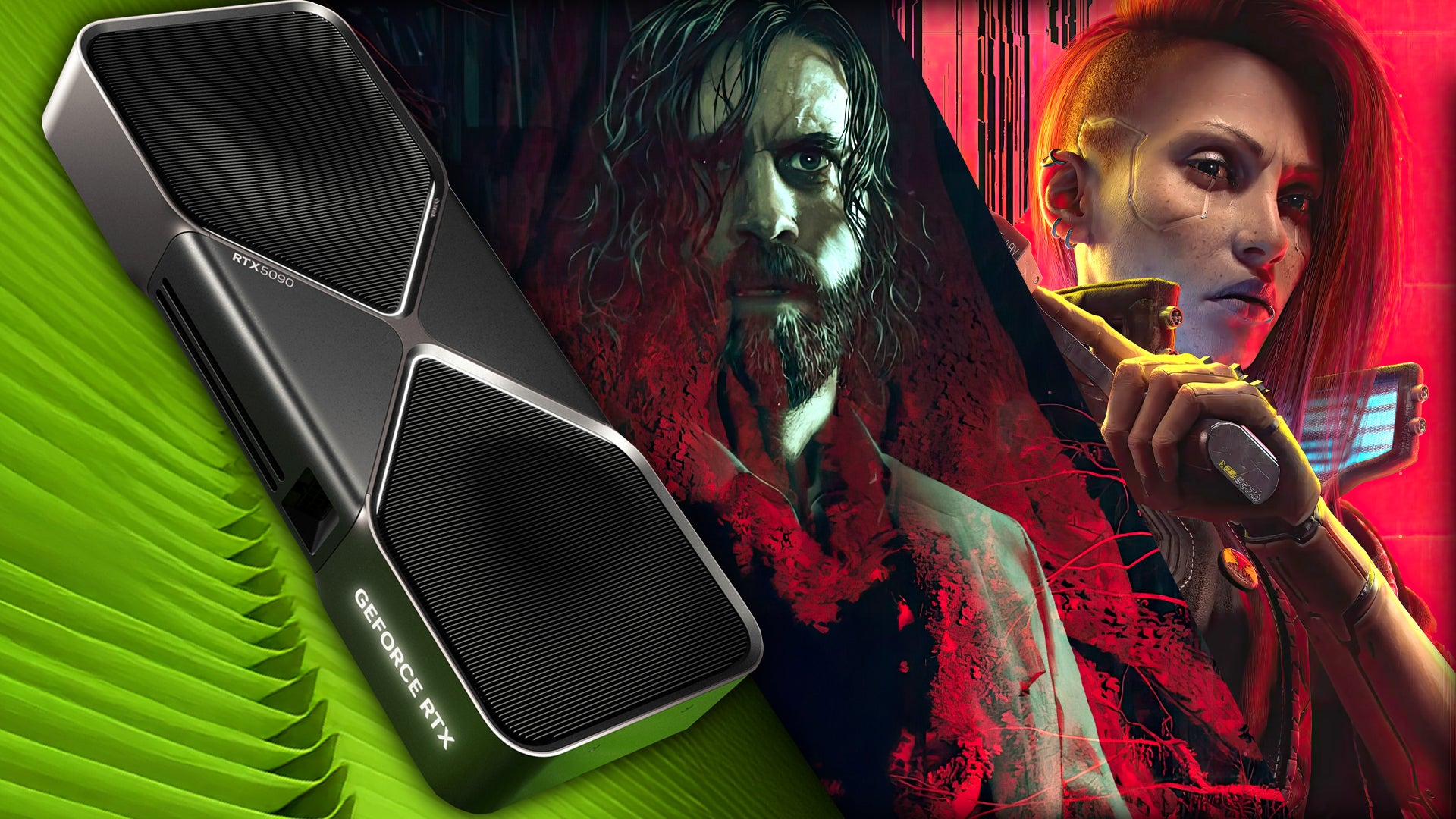With the arrival of the new RTX 50-series line of graphics cards, Nvidia has released DLSS 4. While multi frame generation features are exclusive to the new GPUs, the existing DLSS super resolution and ray reconstruction technologies are upgraded with a far superior transformer model, which can be used on any RTX card, going all the way back to the 2018 Turing offerings. There are big improvements across the board and we’ll be looking at each component DLSS 4 offers, starting today with ray reconstruction. To what extent is quality improved? If the model is indeed more complex than the older convolutional neural network offering, what’s the performance impact on legacy RTX cards?
I started my investigation into DLSS 4 by looking at ray reconstruction because it’s a highly challenging technology – and thus far, Nvidia has no competition. The idea is simple: for ray tracing, hardware constraints mean we can’t trace unlimited rays. Therefore, there’s a lower resolution RT image that must be ‘denoised’ to produce something akin to a standard resolution image. But here’s the thing: if using DLSS upscaling, the denoised image is then upscaled to your output resolution – and RT effects will present poorly compared to the rest of the frame. Ray reconstruction denoises and ‘upscales’ RT to your desired resolution simultaneously – and while the first-gen effort was highly impressive, there were a number of issues and failure points.
This was especially obvious in Cyberpunk 2077 where you could find severe issues with smudging and ghosting on mid-distant moving objects or objects that were indirectly lit; you could find examples of oversharpening and ‘stylisation’ occurring, giving an oily and runny unstable look – and there could be issues with how art was displayed, particularly obvious in skin rendering. The good news is that the transformer model is a generational improvement in every respect, with only one or two outstanding issues I’d like to see resolved.
As is often the case for image quality comparison analysis pieces, video is far more illuminating than text, so check that out above if you have the means. However, kicking off with stylisation concerns, normal map detail is more accurately presented with the new tech, offering an immediate quality mode upgrade. With the CNN model, ray reconstruction even had problems resolving straight lines – not an issue now. The video showcases how the transformer model not only resolves more detail but does away with the CNN model’s ‘interpretation’ of the original art. It’s fundamentally different – and better – in Cyberpunk 2077 to the point where there’s a case that the original art was never properly represented in many respects until now.
